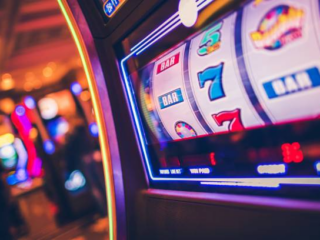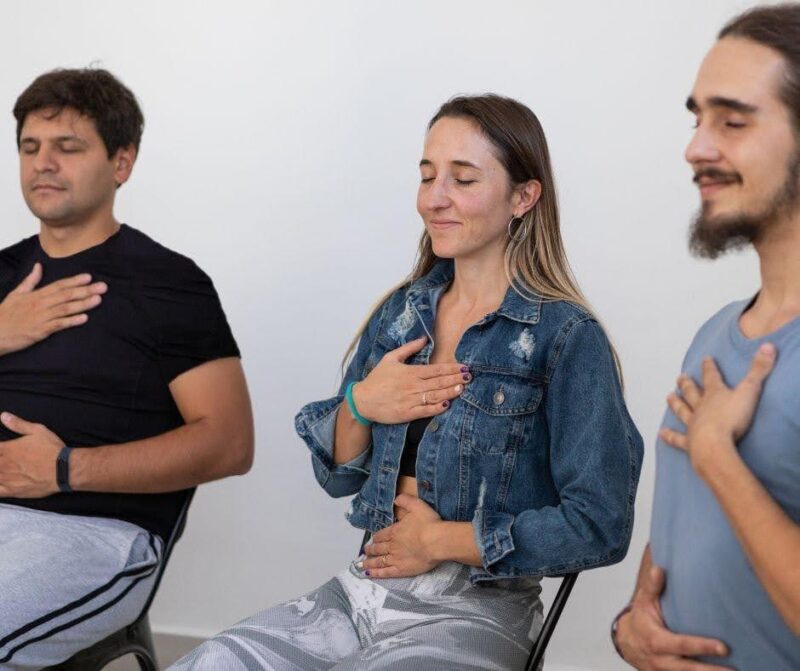
Why I Couldn’t Wait to Learn Life-Saving Skills
I’ll be honest—I used to panic at the sight of a scraped knee or a sudden fall. Then I discovered First Aid training, and everything changed. I saw how a little knowledge could turn me from a deer in headlights into someone who knew what to do. And let’s face it, you might wonder, “Is it worth the effort?” Spoiler alert: it is.
Tackling the Common Worries About First Aid
What If I Mess Up?
You’re human. You might worry you’ll do more harm than good. I get it—and hey, I made mistakes, too. But here’s the thing: most courses are hands-on. You practice on dummies, swap roles with classmates, and laugh at your awkward attempts. By the time you leave, you’ve already corrected those first stumbles. It’s like training wheels on a bike—you wobble at first, but soon you’re cruising.
Many people who start training for CPR and first aid feel nervous at first, but hands-on practice quickly turns that fear into confidence, proving that even small steps can make a life-saving difference.
Time and Money Concerns
“Who has hours to spare?” I hear you. And “How much will this set me back?” Valid questions. I found short courses—some just a weekend, others even a few hours. Costs vary, but think of it as an investment in safety. Plus, many workplaces cover the fee. If yours doesn’t, maybe hint that it’s great for team morale. You never know until you ask.
My Simple Path to First Aid Confidence
Finding the Right Course
I started by Googling local options (but I won’t share specific links here). Look for courses approved by reputable bodies—the Red Cross, community colleges, or local clinics.

Read reviews. Ask friends: “Hey, where did you learn CPR?” Word of mouth is gold.
Practicing Hands-On Skills
Books and videos are fine, but muscle memory matters. I practiced with my training partner until my arms felt like jelly from chest compressions. Then, we role-played scenarios: a friend choking at dinner, a coworker collapsing in the hallway. Those little drills built my confidence faster than any lecture ever could.
Putting It All Together: A Real-Life Example
Last month, I was at a park when someone nearby collapsed. Suddenly, I felt that rush: heart pounding, mind racing. But then I remembered my training. I checked for response, called 911, positioned my hands correctly, and started compressions. Help arrived moments later, and the person was okay. That quick reaction? It wasn’t luck. It was preparation—my training in action.
Why First Aid Training Isn’t Just a Checklist
You might think it’s a box to tick off. But here’s a secret: it changes how you see the world. You spot hazards earlier—a loose wire or slippery floor—and step in before things worsen. You become the calm voice in a crisis, the person others look to. Plus, it’s a great conversation starter. Who doesn’t want to talk about being a hero?
Overcoming the “I’ll Do It Later” Trap
I get it—life’s busy. But here’s a question: if an emergency strikes while you wait, will “later” help?

Probably not. I set a date in my calendar, blocked it off, and treated it like a dentist appointment—non‑negotiable. And trust me, you’ll find the time once you’ve booked it.
Your Turn to Take Action
Ready to shift from bystander to lifesaver? Don’t wait until “someday.” Find a local course that fits your schedule. Grab a friend—learning together makes it way more fun (and you keep each other accountable). And remember, every minute spent practising today could be a minute that saves a life tomorrow.
Take the first step: commit to a date, block it off, and get ready to gain skills that matter. Once you’ve mastered those moves, I promise you’ll wonder why you didn’t start sooner. Go on—you’ve got this!










